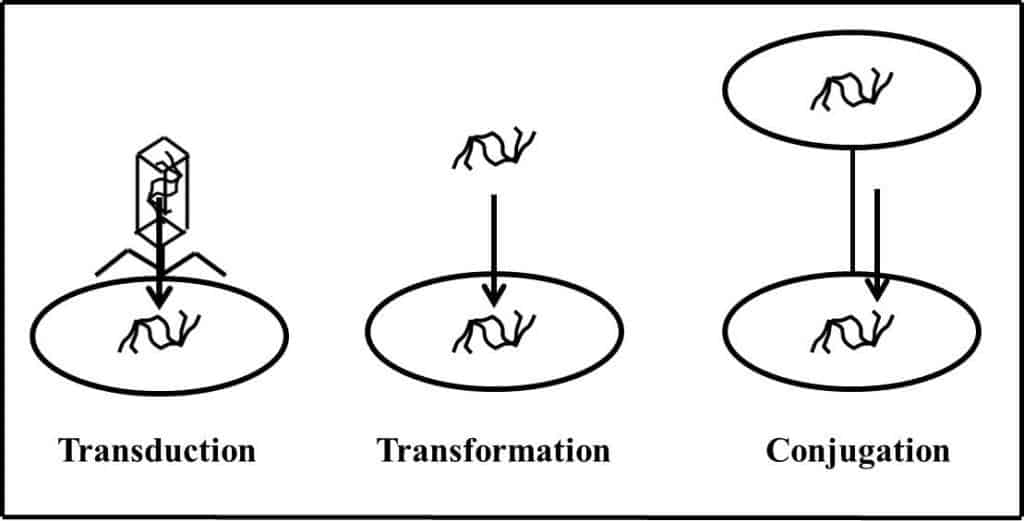It’s a truly terrifying story, and a truly terrifying disease. The flesh-eating culprit in question is called GAS, or Group A β-hemolytic streptococcus, a highly infective bacteria. Apart from causing the flesh-eating disease necrotizing fasciitis, GAS is also responsible for a range of less harmful infections. But like most bacteria, it was harmless at one point in its evolution – now, researchers have pinned down when this change happened in order to help prevent future epidemics. Their result? It was just 30 years ago.

After reconstructing their evolutionary history, scientists believe that these bacteria appeared to have affected humans since the 1980s, after evolving from a less harmful streptococus strain.
Lead researcher James Musser of the Methodist Hospital Research Institute was delighted with the results, which analyzed the genetic background of a total of 3,600 streptococcus strains in order to figure out when the bacteria went rogue.
“This is the first time we have been able to pull back the curtain to reveal the mysterious processes that gives rise to a virulent pathogen.”
So how did the bacteria mutate exactly? First a process called horizontal gene transfer took place – bacterias are known for doing this a lot. In their case, gene transfer happens when foreign DNA is provided by bacteriophages or viruses that specifically target bacteria. Implementing new DNA can be very useful for bacteria, so they do this a lot. In this case, first the DNA allowed the streptococcus cell to produce two harmful toxins, and then an additional mutation made it even more virulent. As Musser explained, the bacteria upgraded itself once more, weakening its host’s immune system so that it can spread the infection even more.

Marco Oggioni of the University of Leicester said:
“Because this study used data of the entire genome, all the genetic change could be observed. This makes it possible to identify molecular events responsible for virulence, as you get the full picture.”
It’s shocking and worrying to see that all this happened in no more than 3 decades, but the timeframe checks out.
“The date we deduced coincided with numerous mentions of streptococcus epidemics in the literature,” Musser said. Since 1983, there have been several outbreaks of streptococcus infections across the world. For example, in the UK, streptococcus infections increased in number and severity between 1983 and 1985.
If more and more bacterial genomes are gathered and studied in a similar manner, there is a chance that similar mutations could be found ahead of time – whenever a bacteria or virus starts to go a little bit off the charts. This could be extremely useful in preventing and fighting epidemics.
“In the short term, this discovery will help us determine the pattern of genetic change within a bacteria, and may help us work out how often bacterial vaccines need to be updated,” Musser said. “In the long term, this technique may have an important predictive application—we may be able to nip epidemics in the bud before they even start.”
However, not all researchers are as optimistic, and this is still a matter of debate. Oggiony is skeptical:
“While making such predictions may not be possible, this research will have other applications,” he said. “Knowing which genetic changes happen when can help tailor drug discovery research in a certain direction.”






